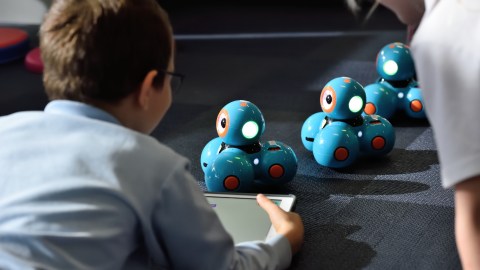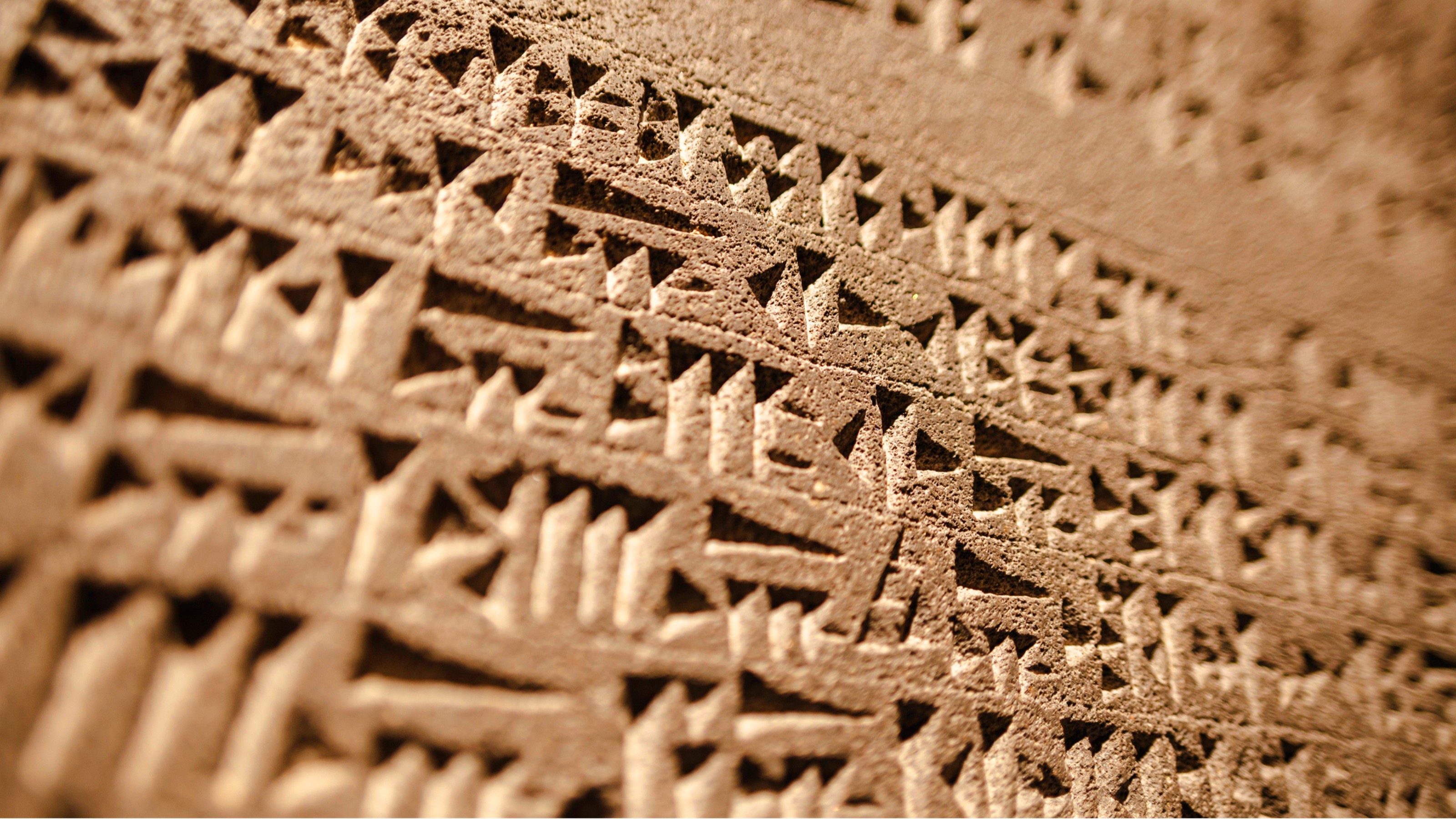10 must-have STEM toys that are backed by science

- STEM toys help children build important science, technology, engineering, and math skills.
- From fossil kits to programmable robots, there are lots of great options for kids of all ages.
- This STEM gift guide will set you on the right path this holiday season.
When it comes to shaping how the world will look in the future, the power of learning through play can not be overstated. From brain-teasing puzzles to fun experiments, there has been a widespread push for learners of all ages to have access to products that are both stimulating and engaging. According to industry research, 91% of parents believe that STEM/STEAM-focused toys can help their children develop skills like cognitive reasoning, critical thinking, and design, but what exactly is STEM?
STEM is an acronym for science, technology, engineering, and mathematics (STEAM adds an “A” for the arts). Building from a decades-old idea that these were important tools for helping humanity understand and interact with the universe, Judith Ramaley (former director of the National Science Foundation’s Education and Human Resources Division) coined the term back in 2001. Since then, educators, scientists, and parents have been developing new ways to incorporate the elements into classrooms and play dates. In 2019, the U.S. Department of Education invested $540 million to support STEM educational programs. The demand for STEM toys is high, but there are a lot of great products out there, so here are 10 that you should add to this year’s shopping list.
The ThinkFun Gravity Maze is part marble run and part logic game. The brightly colored pieces make constructing towers fun, and there are 60 challenges ranging in difficulty from beginner to expert that will teach your builder planning and spatial reasoning skills.
Artie 3000 makes coding fun by adding in a bit of artsy flare. Beginner and more advanced coders can use programming languages to turn the cute Wi-Fi-enabled robot into a tabletop Picasso. The designs range from pre-coded geometric shapes to more complex mandalas, or whatever your young coder can come up with. No internet connection is required! All you need is 4 AA batteries and a phone, computer, or tablet to connect to and Artie 3000 is ready to draw.
This activity set from National Geographic takes the chance out of rock and mineral hunting and replaces it with loads of educational material about the over 200 specimens included in each set. Armed with a magnifying glass, an identification sheet, and an identification guide, young geologists can spend weeks studying rough and polished minerals, cracking open geodes, and learning about prehistoric sharks and other sea creatures.
Rated ages 6 to 96, this cool terrarium kit allows young scientists to build an ecosystem and watch it grow. Complete with a plastic jar, potting mix, chia and wheat grass seeds, figurines, sand, stones, and glow-in-the-dark stickers, the only ingredients needed to bring the terrarium to life are water, time, and an inquisitive mind.
What sets the Mathlink Builders game apart from other building toys are the activity cards and uniquely shaped pieces. Children are asked to count pieces according to color as they build and are challenged to think critically as they attempt to solve more complex puzzles. The 100-piece toy also allows children to create from their own imaginations.
Using instructions in the Challenge Booklet, children ages 3+ have to connect wagons to the Brain Train and fill them based on the shape and color of the available pieces. Each of the 48 challenges has one only possible solution, which means that players have to concentrate and problem solve to figure it out. When they do, they have a cute and colorful train to roll around!
A sneaky way to turn screen time into learning time, this app-based globe connects to smartphones and tablets to make discovering monuments, animals, and cultures around the world more interactive. 3D animations, hundreds of entries, and over 1,000 fun facts equal hours of productive play and a greater appreciation for the planet.
The Nintendo Switch is great as a gaming console, but it has the potential to be so much more. The Nintendo Labo Variety Kit includes projects for building RC cars, a fishing pole, motorbike handlebars, a house, and a piano. The kit is great for collaborative engineering projects, and the pieces are made of cardboard so you won’t need any special tools to get playing.
Harnessing the power of 3 AAA batteries (not included), this logic game teaches the fundamentals of electronics in a way that is challenging and dynamic. There are 60 maze challenge cards included in each set. The goal of each is to build a closed circuit, and the reward for doing so is a beacon that will light up almost as brightly as your future electrical engineer.
Magnets! These clear geometric tile sets are popular because of the limitless possibilities they afford creative thinkers. From architectural structures to fictional creatures, children learn to use color, shape, and space to form three-dimensional objects. They also learn about the polarity of magnets and what it takes to keep a structure from toppling over (gravity, etc.).
When you buy something through a link in this article Big Think earns a small affiliate commission. Thank you for supporting our team’s work.





